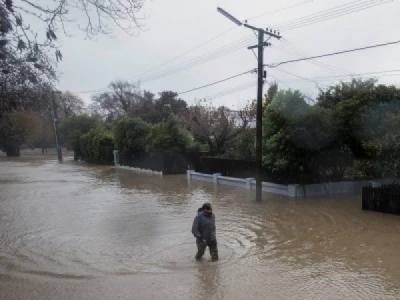
Posted on February 13, 2018
By Tina Law, stuff
Enough mud and silt to fill six Olympic-sized swimming pools is expected to be dredged from a 700-metre section of Christchurch’s Heathcote River.
The work could begin as soon as May, as the Christchurch City Council considers fast-tracking it in response to residents calling on the organisation to remove the silt that had built up over more than 30 years.
The council’s Infrastructure, Transport and Environment Committee on Monday unanimously agreed to recommend the council fast-track stage one of a $16.5 million dredging program that would eventually remove 55,000 cubic metres of material from a 4 kilometre stretch of the river.
The first stage of that program would involve removing 15,000cum from a section of the river from Woolston’s Radley St to the end of Radley Park (Woolston Cut), at a cost of $3m. The second and third dredging stages would extend from Radley St to Opawa’s Hansen Park and would be completed by 2021.
The work was part of a $72m plan to address flooding issues along the river. The council was also working on new storage basins in the Upper Heathcote and had agreed to buy up to 35 homes at risk of frequent flooding.
A number of homes along the river have frequently flooded above floor level since the 2010 and 2011 earthquakes. The number of homes at risk of flooding during a one-in-50-year event was 222, compared to 175 before the tremors.
At the meeting, committee chairwoman Pauline Cotter said the dredging was a clear response to residents’ requests and bringing the work forward was “the right thing to do”.
A staff report discussed at the meeting said the dredged-up material would be disposed of at existing waste management facilities and could also be used to remediate land at locations including the former Bromley landfill where post-earthquake settlement had left the ground uneven.
The report said care would be needed to manage the environmental effects of the dredging. Fish had been seen in the area and the dredging could impact inanga (whitebait) spawning areas. However, staff said that could be reduced by timing the dredging outside the spawning season, which was from December to May.
There was also an opportunity to increase the spawning areas once the work was complete, especially along the section from Radley to Woolston Cut where very little spawning happened because of the existing steep banks, staff said.
Source: stuff





